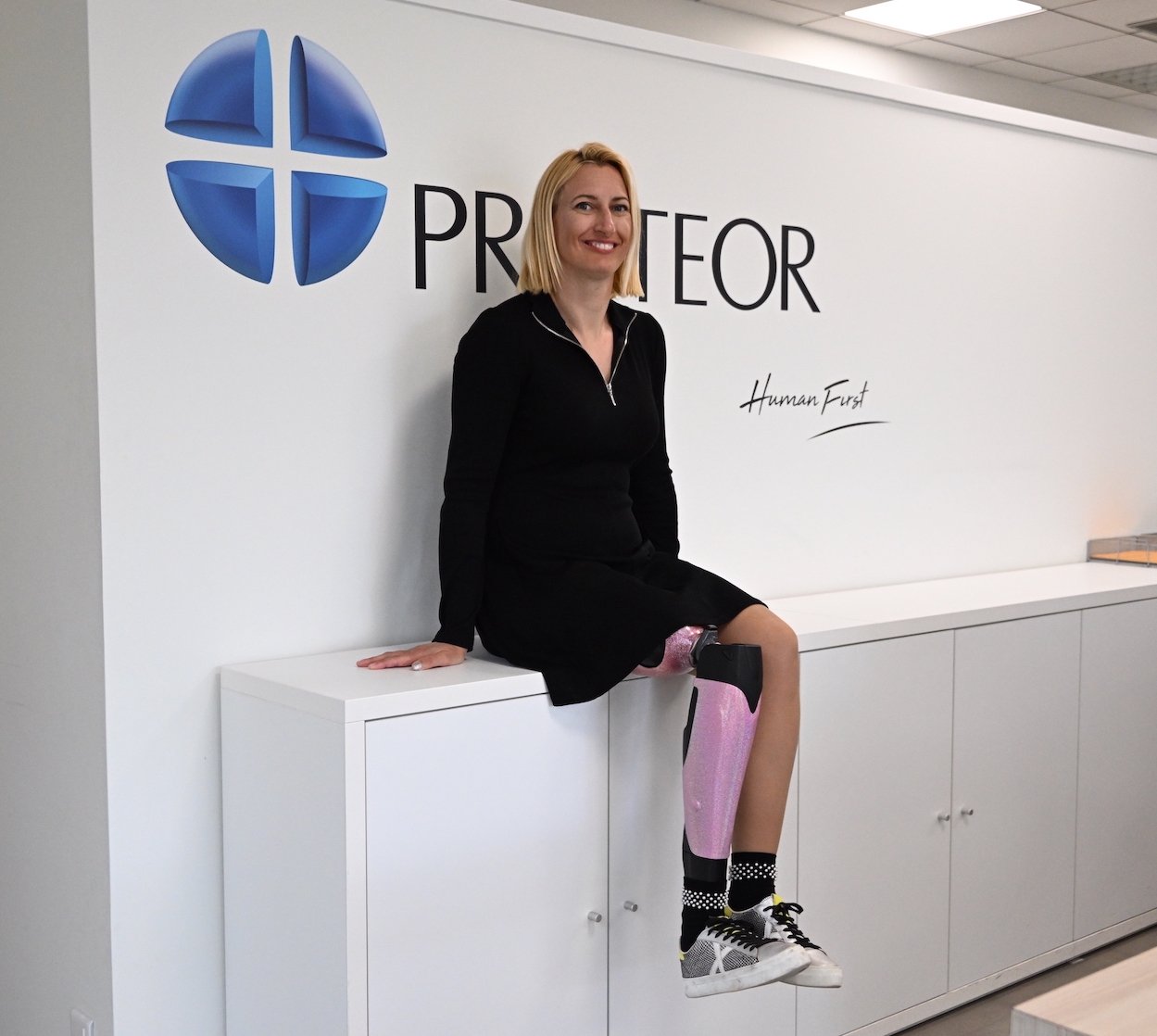“I was hoping for a slightly better prosthesis than the one I had from social security… But actually, as soon as I tried it on, it was great since I was walking much better right away. This prosthesis is absolutely brilliant!” says Sophie Loubet
 Amazing. This is the word I must have said at least a hundred times when Alexandra showed me around Proteor. If we had to sum up this company it would be: Small hands with great talent, which give back the desire to crunch life to the fullest.
Amazing. This is the word I must have said at least a hundred times when Alexandra showed me around Proteor. If we had to sum up this company it would be: Small hands with great talent, which give back the desire to crunch life to the fullest.
It is in Seurre that the company has its largest factory. Originally, in 1913 – 110 years ago – Proteor supplied the famous wooden legs to amputees. And time has passed. Because over the years, know-how acquired, innovations, these are real jewels of technology that the Dijon company offers.
When you enter this factory, it’s a real anthill. From plaster sculptors to carbon cutters, to corset casts, you can only be amazed by the dozens of people who offer their know-how to patients who are just waiting to return to a “normal” life. .
SYNSYS. This is the name of Protéor’s new mechatronic prosthesis. A hip, knee, ankle prosthesis; which works with a microprocessor.
Losing your leg isn’t just about losing part of your body, it’s also about having to say goodbye to some mundane things in life. The old prostheses were, for example, adjusted for a pair of predefined shoes. That is to say that if the patient decided to go barefoot, he became “wobbly”.
Also, patients had to say goodbye to shoes with heels because of the non-flexibility of prosthetic ankles. SYNSYS, is a marvel. We met a patient who has this prosthesis. If you had seen his smile, his pride in wearing this new leg.
She does not hide it on the contrary, and she is quite right. There was a time when amputees lost their will to live when they lost their limbs. But today is a bygone era. Patients who once said goodbye to high heels can now say hello to the technological marvel that is SYNSYS.
It reproduces the natural movement of a leg and thanks to an application on its smartphone, the prosthesis is adjusted to “presets” recorded beforehand. Patients can thus regain a freedom that they perhaps no longer hoped to have and it can only make us proud to have this wonderful company in our region.
Sophie Loubert
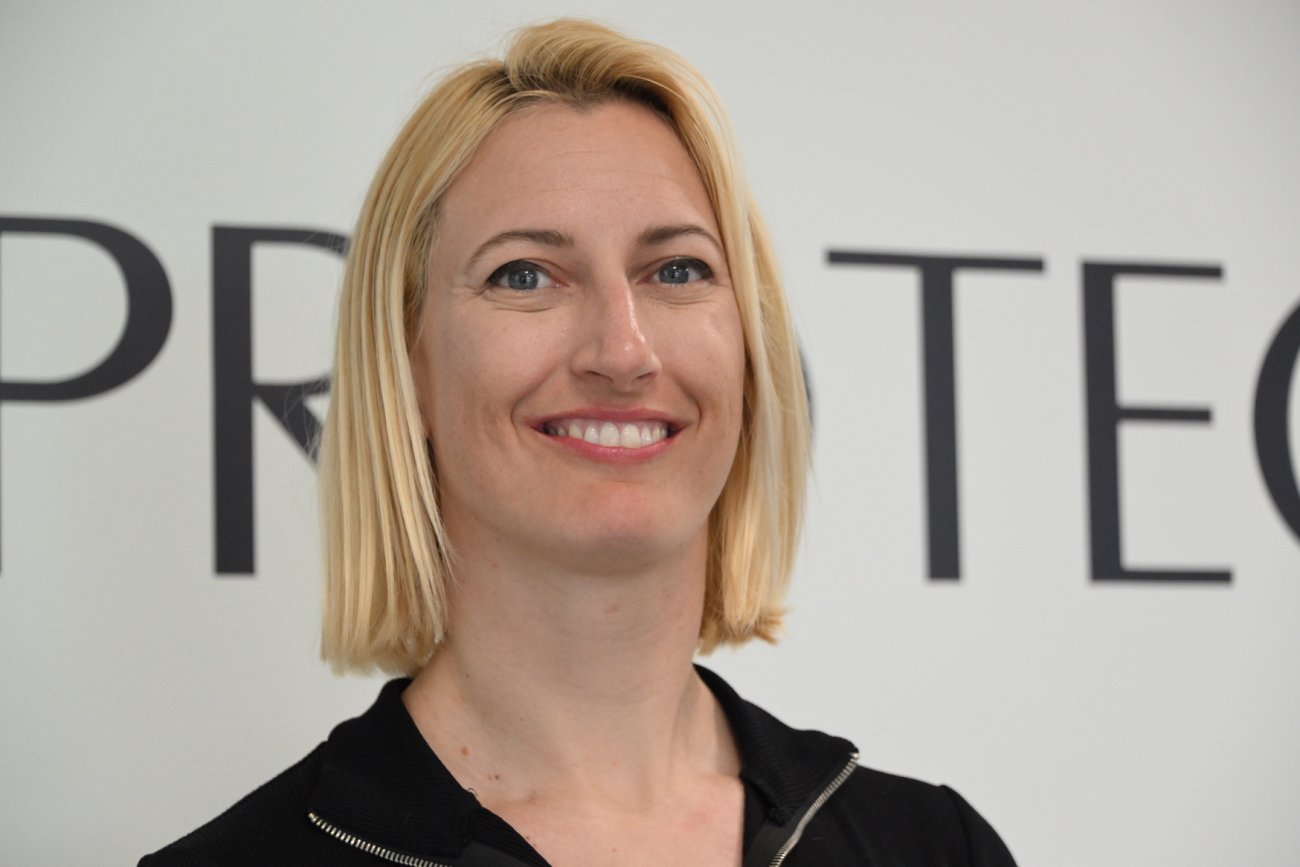
Can you introduce yourself to our readers?
“My name is Sophie Loubet, I am 36 years old. At the age of 23 I had osteosarcoma, it is a bone cancer. I was very well taken care of in Spain and France. Unfortunately, that cancer came back. I had it 4 times, spread over 10 years. I had multiple treatments and operations including an internal prosthesis. In 2019 it happened again, so it was the 4th time and so there the solution, the one and only, was amputation. And that was in 2019. I spent a few months in hospital and rehabilitation and then to start walking well it takes a year and a half or two years. »
Tell us about your adventure with Proteor
“So my orthoprosthetist was near my house. It is a proteor orthopedic center, it was in the Dordogne. One day she told me about a new prosthesis with an articulated ankle. I said to myself that I wanted to try it, but what is complicated is if I try it and that I like it. What’s going to happen ? She said to me: “try it anyway”.
So I was hoping for a slightly better prosthesis than the one I had from social security… But actually, as soon as I tried it on, it was great since I was walking much better right away. She said to me, “let go of the cane, you walk better without a cane. » On the first day of the trial, I had been asked to bring heels… Even though I had thrown away all my heels! I had just had a big void a few months earlier since you can’t change shoes with a prosthesis to my great despair… So I asked my cousins and my friends to lend me some heels and I went to try and I walked very well right away with a high-heeled shoe, whereas with a prosthesis balance is complicated. This prosthesis is absolutely brilliant!
It was still a product in research and development, at the end of development. There were more than 10 years of development on it. They began to consider finding muses, people to wear it and accompany them to events to start promoting this prosthesis.
So I fell at about the right time since I kind of matched the profile they were looking for. So a young woman who is comfortable, who wears heels, who puts on short dresses so that we can see the prosthesis, and above all a woman who wants to show it off.
An amputee tends to hide his prosthesis under pants and I was quite the opposite. I wanted to free myself from that. The other one, I was actually hiding it, but this one is different. »
A pride of French know-how?
“Indeed, it is a French know-how of which we should be proud. This for more than a century, it is a great company that has always existed and it is thanks to them that today we have good products and 100% French. In addition to these Proteor which has the largest number of orthopedic centers in France and that is why I was able to be fitted by Proteor in my countryside in the Dordogne. »
What has this prosthesis changed in your daily life?
“It’s full of little things, full of new movements that are accessible to me. I had no ankle, I had a fixed ankle. It’s the equivalent of when you put on fully closed ski boots, you walk with a limp. The fact of not having an ankle is very handicapping, you cannot pick up something on the ground. With SYNSYS I rediscover things like sitting down without falling, going down stairs without falling. Physiologically, it is much closer to a human leg and suddenly it allows me to have lots of new movements than I lost because of the amputation.
Obviously, changing shoes, being able to walk barefoot.. I couldn’t walk barefoot, I couldn’t go in reverse… Lots of little things like that. »
Can you play sports with your prosthesis?
“No. In fact, femoral amputees, we have electronic knees so for me it’s knee and ankle, we don’t do sports with it, it’s only for walking. We have racing blades for running, for example. We practically need one prosthesis per activity, that’s a problem.
I do snowboarding at a high level with shock-absorbing prostheses. »
If you could talk to people who have just had an amputation, what message would you like to convey to them?
“The problem is that I couldn’t project myself. When one is amputated one is completely in the unknown, one does not know at all how one will evolve/move. You should know that rehabilitation is very very long. Very often we spend 3-4 months in a rehabilitation center learning to walk again and it’s very, very hard. But you must not let go. It’s not when you leave the rehabilitation center that it’s over. Me, when I left the rehabilitation center my physiotherapist asked me what my goal was. I said “walking without looking at my feet, without taking a sidewalk step or whatever. I was told it was impossible, it would never happen. And finally by continuing to play sports, by continuing my rehabilitation myself at home, with my physiotherapists or others, today I walk very well and without a cane. But we don’t know that before. When you have just been amputated, you think you will be very limited and it is important to know that you can go much further and resume sport. »
One last word ?
“A big thank you to Proteor, to the engineers, to all the people who worked on it because it simply changed my life. »
Text and ©Photographs
Manon Bollery
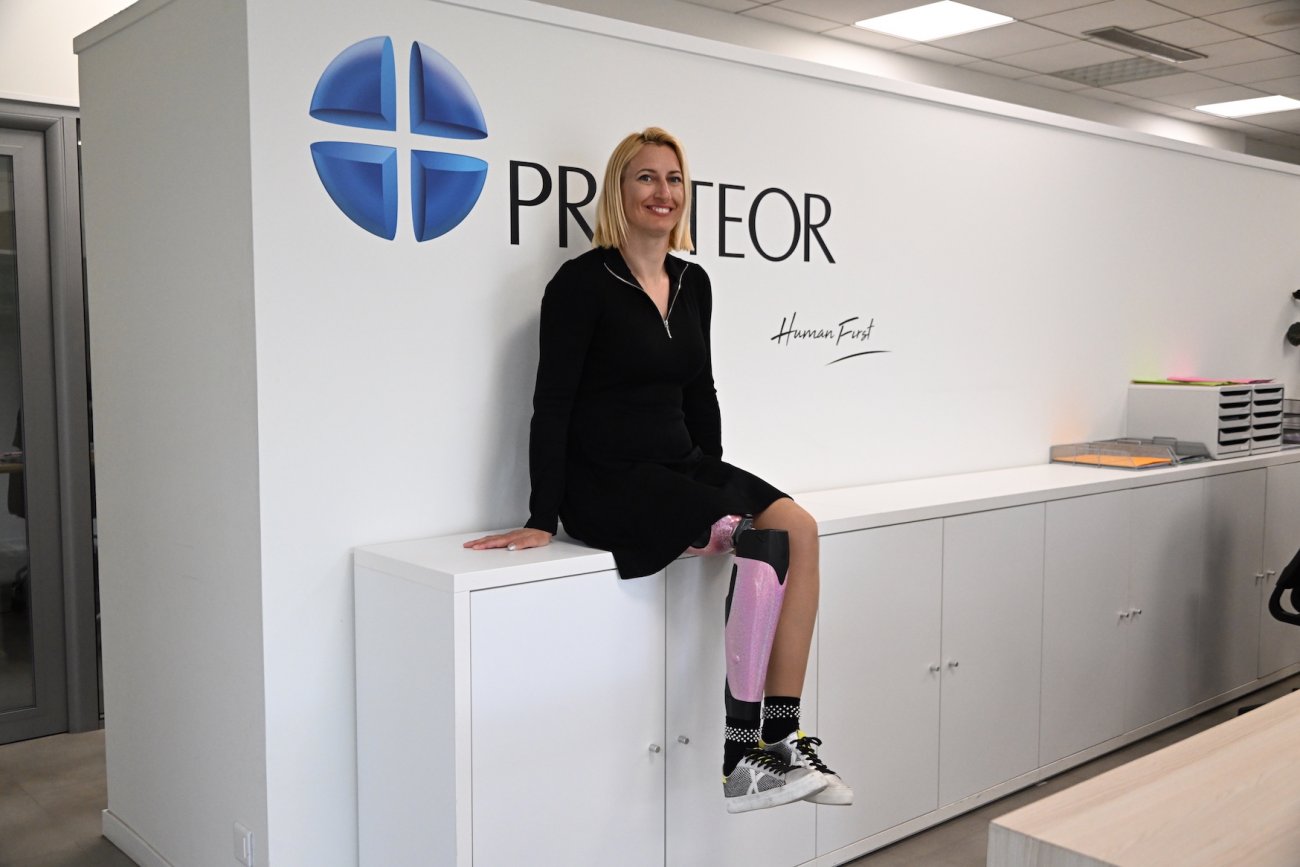
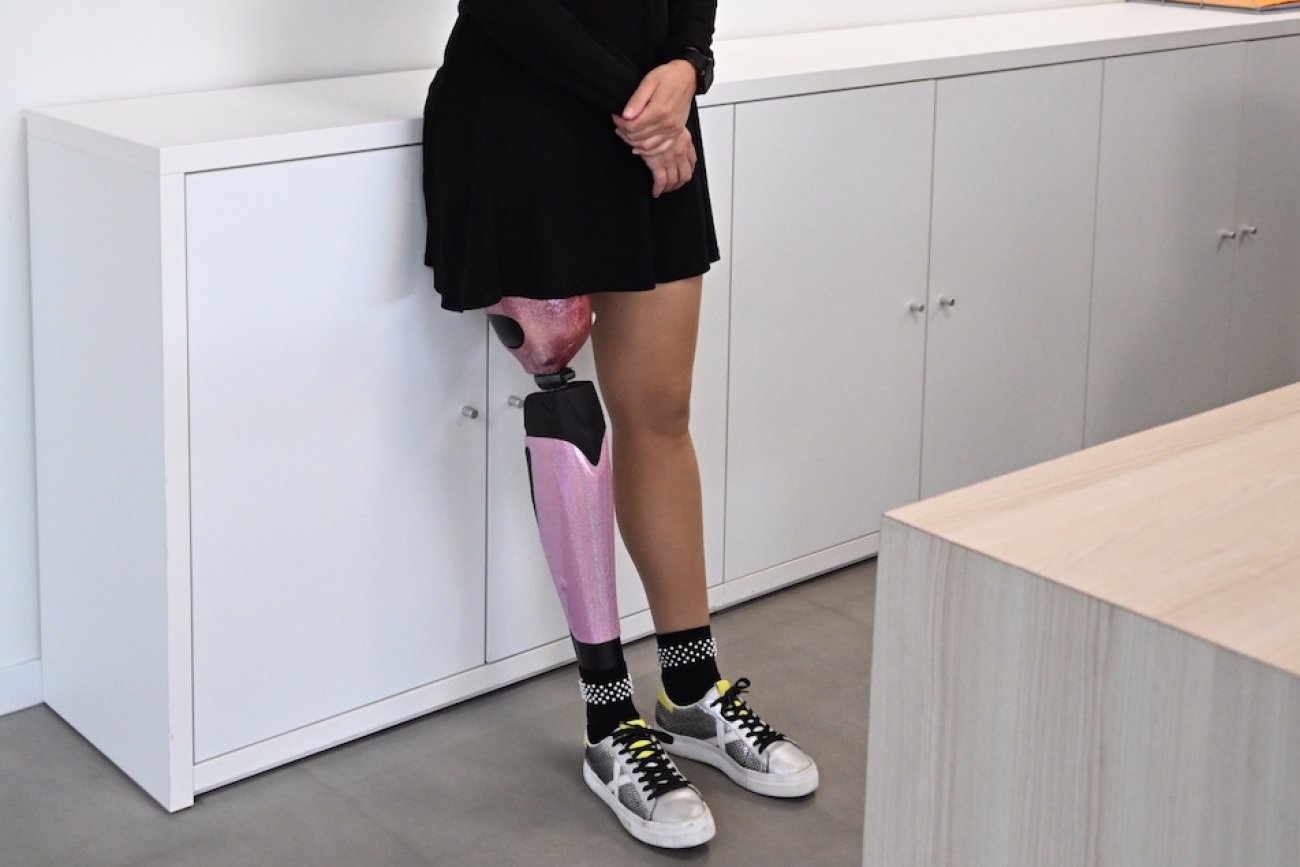
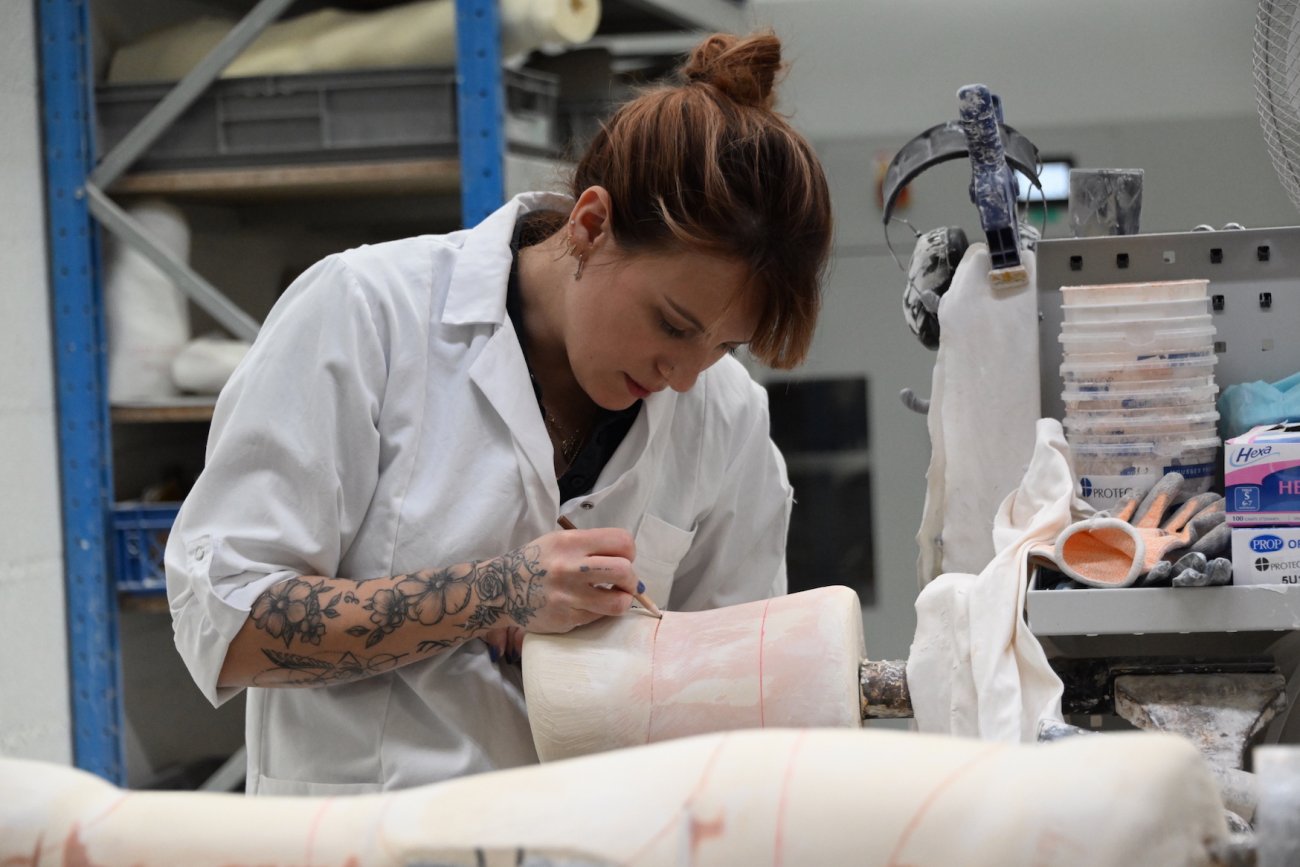
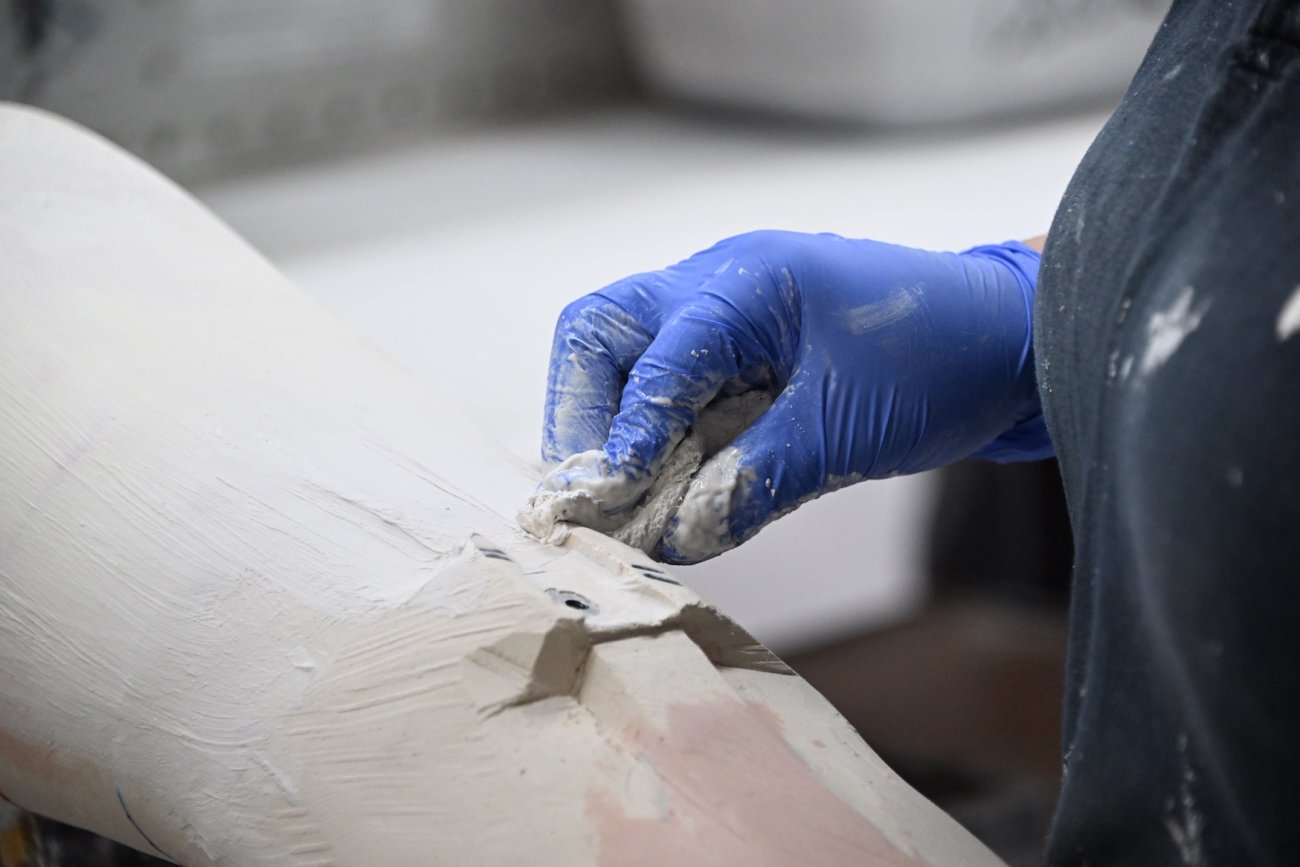
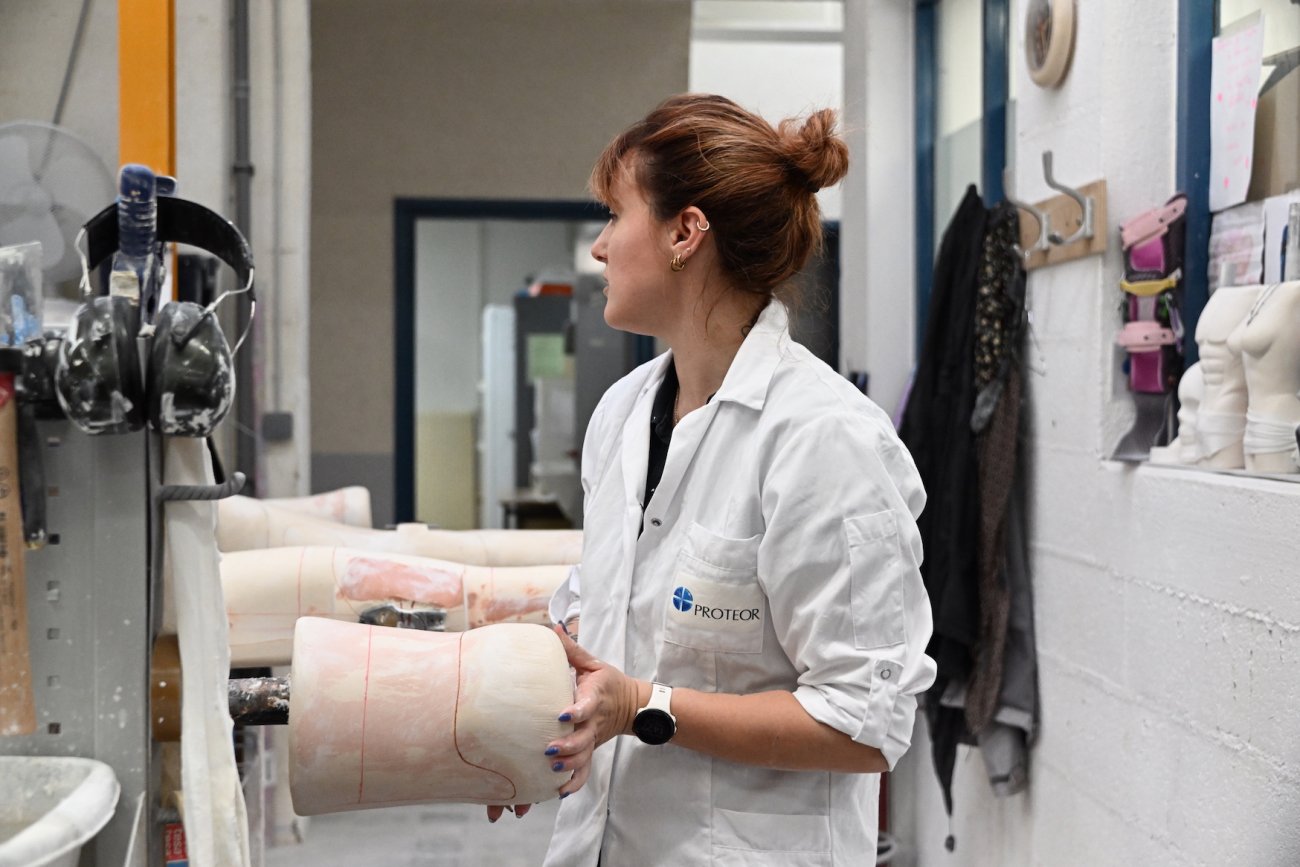
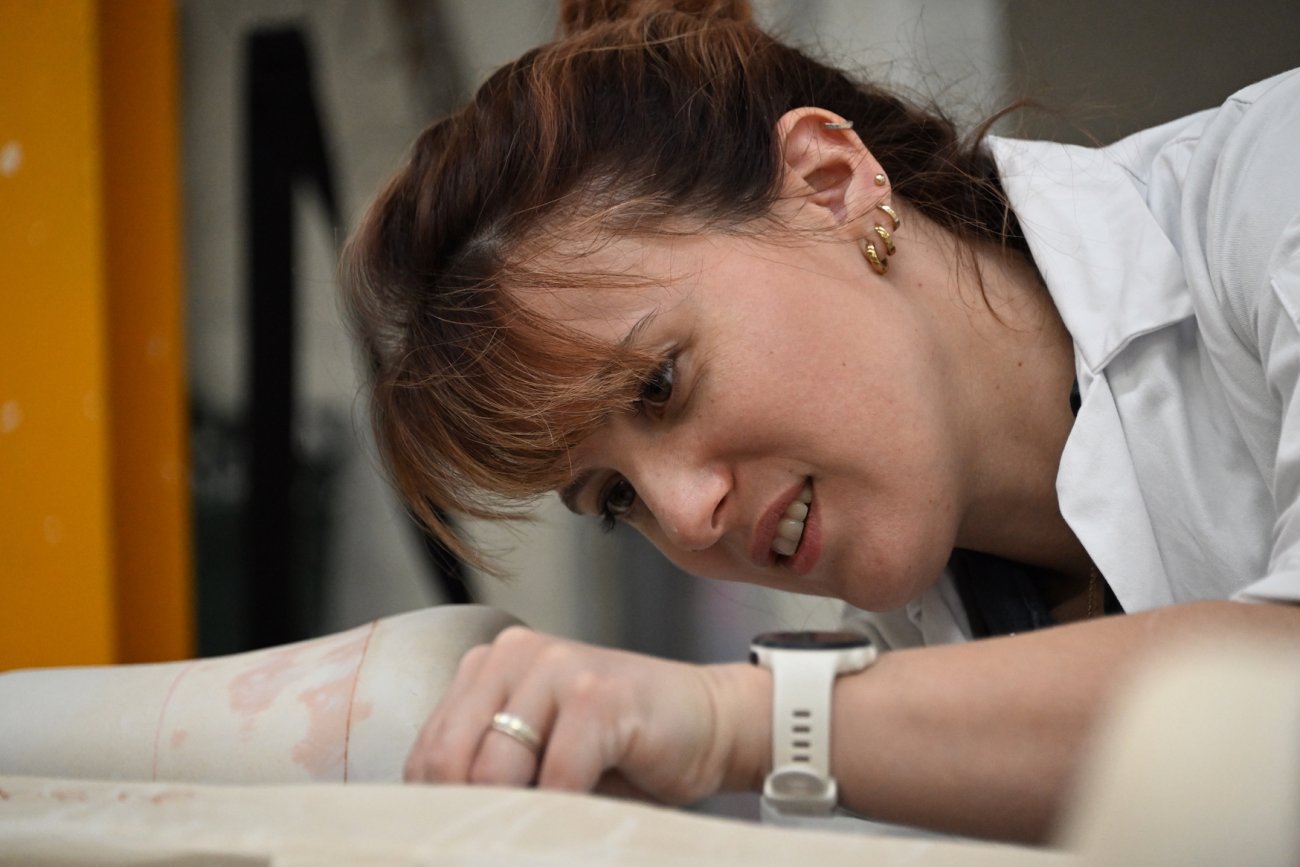
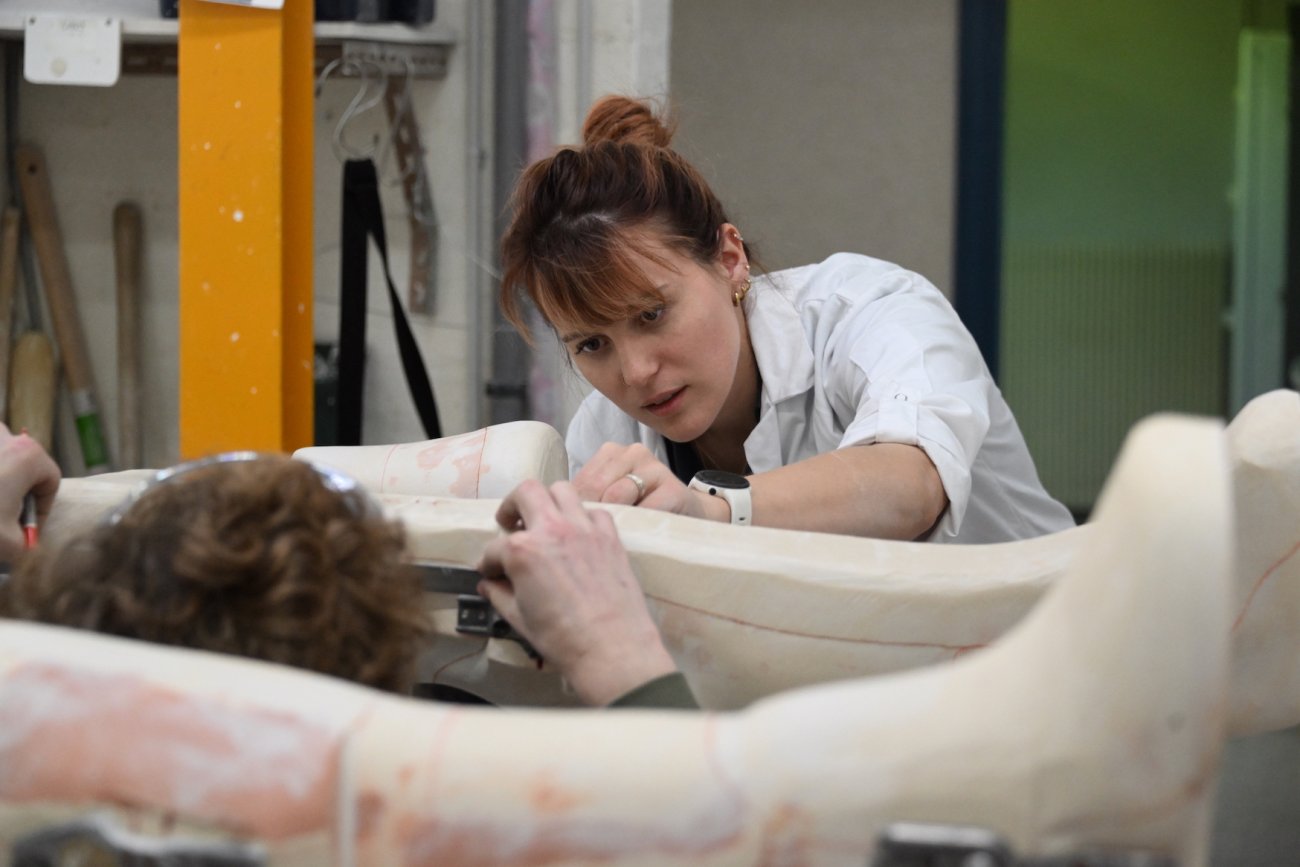
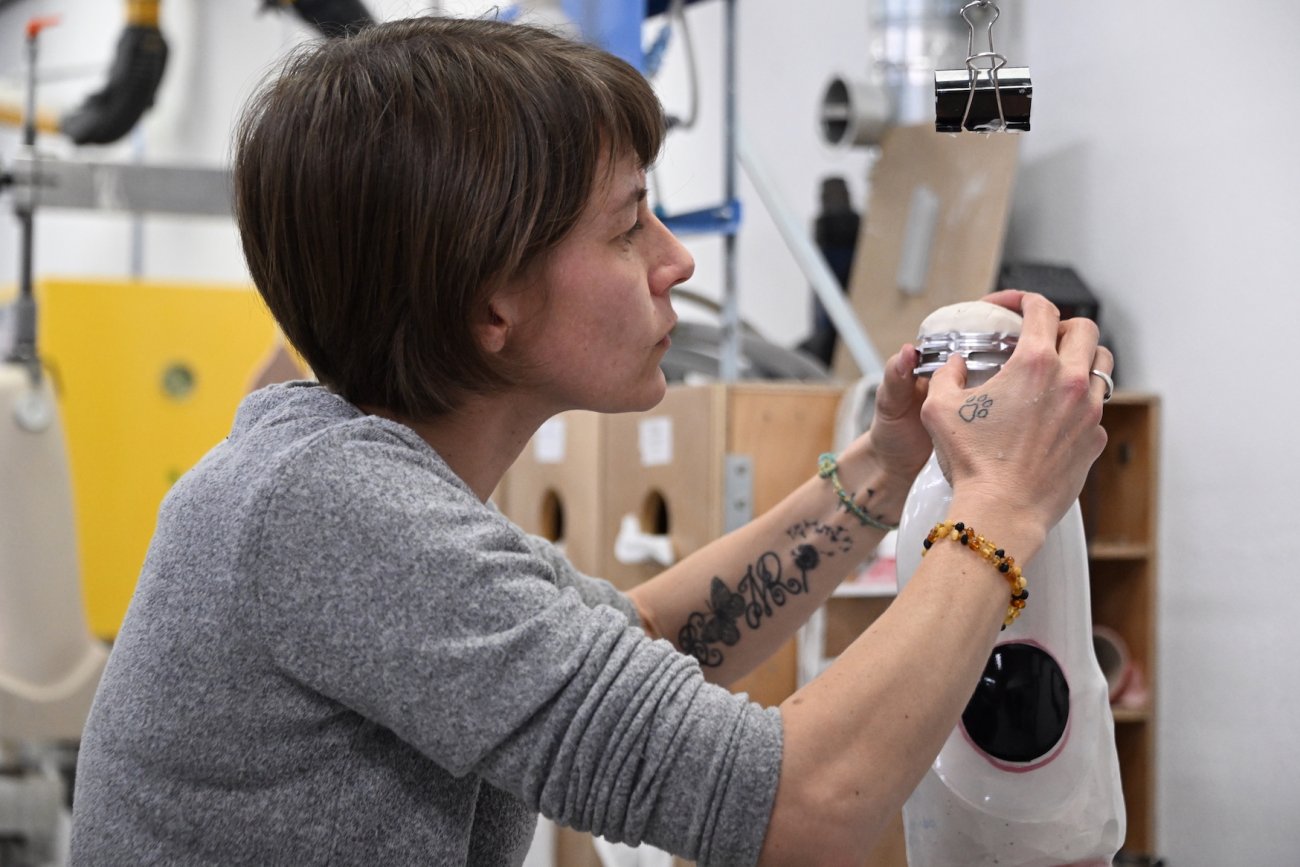
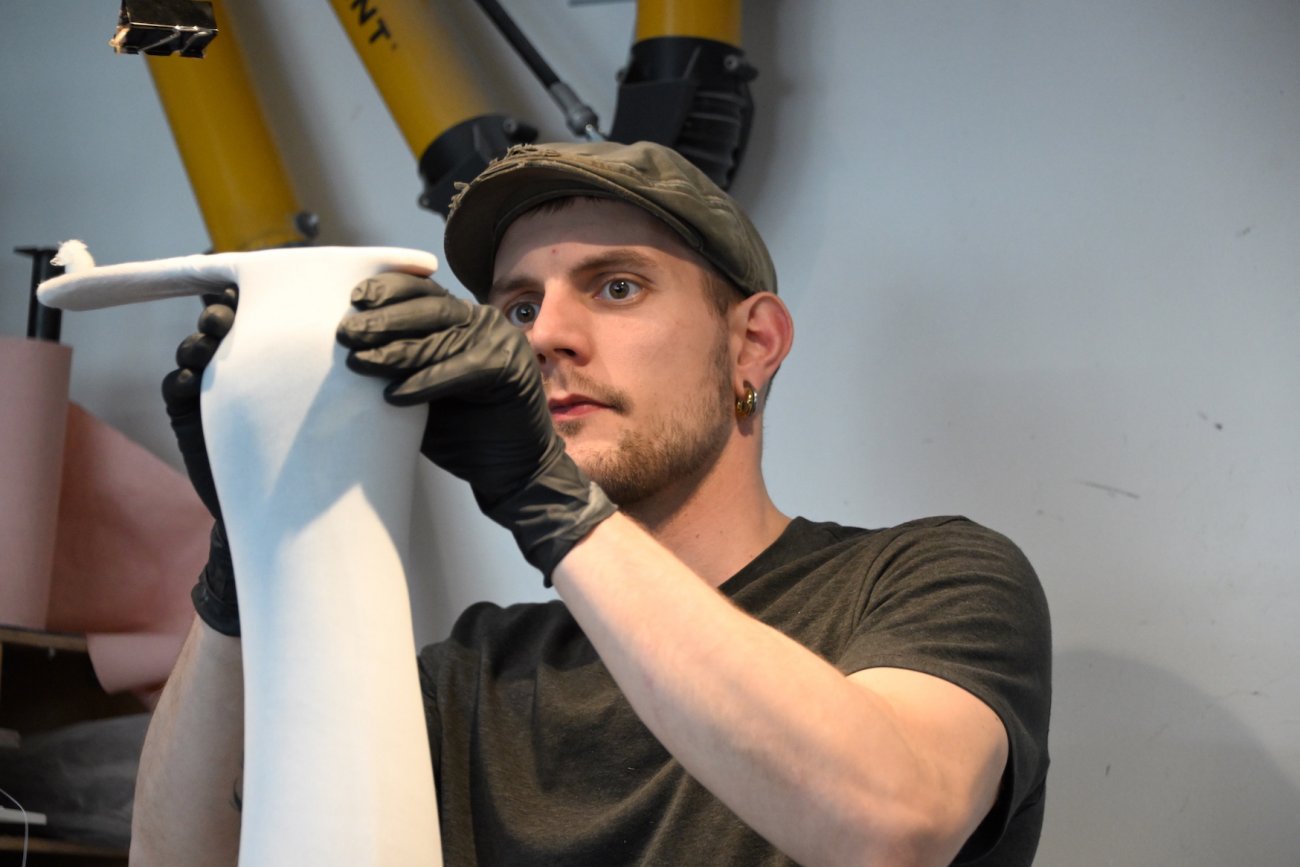
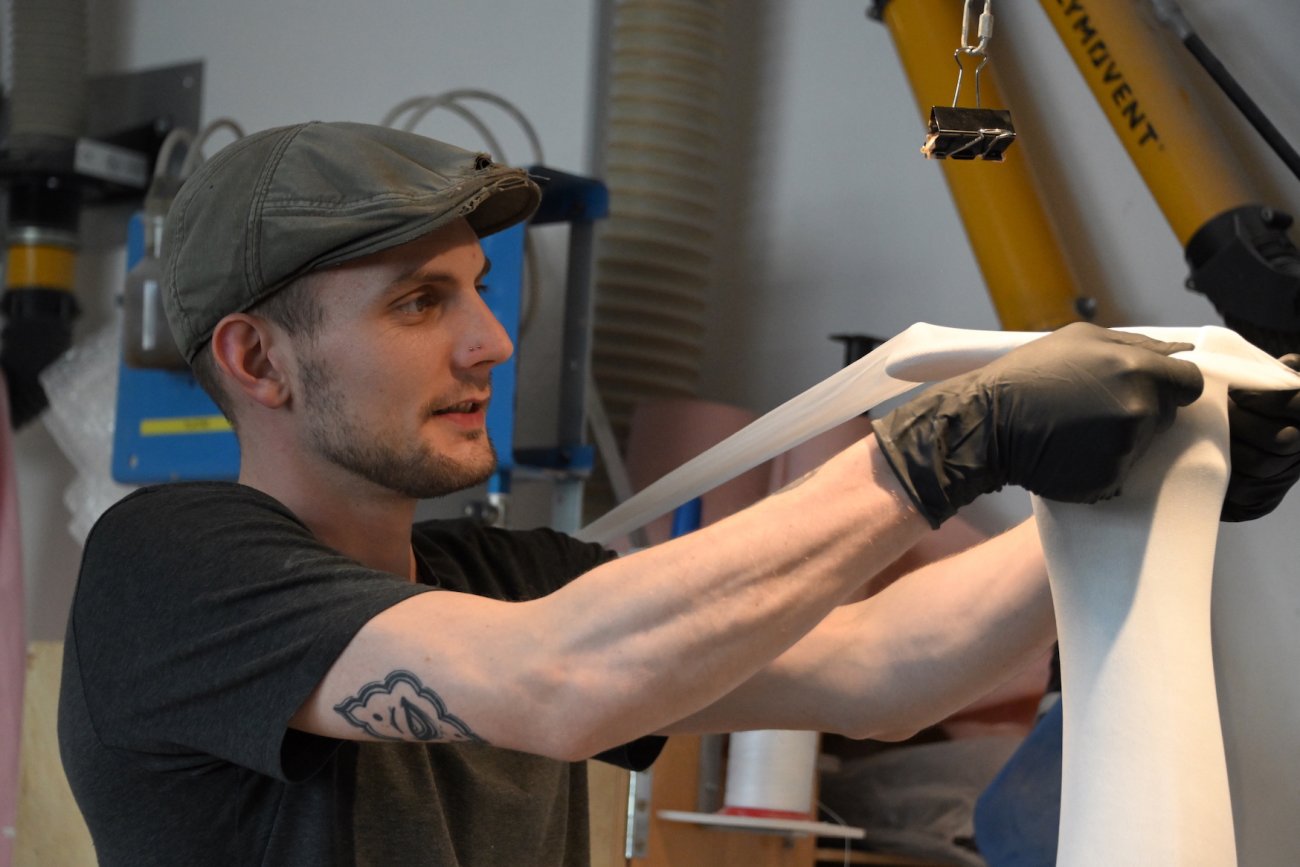
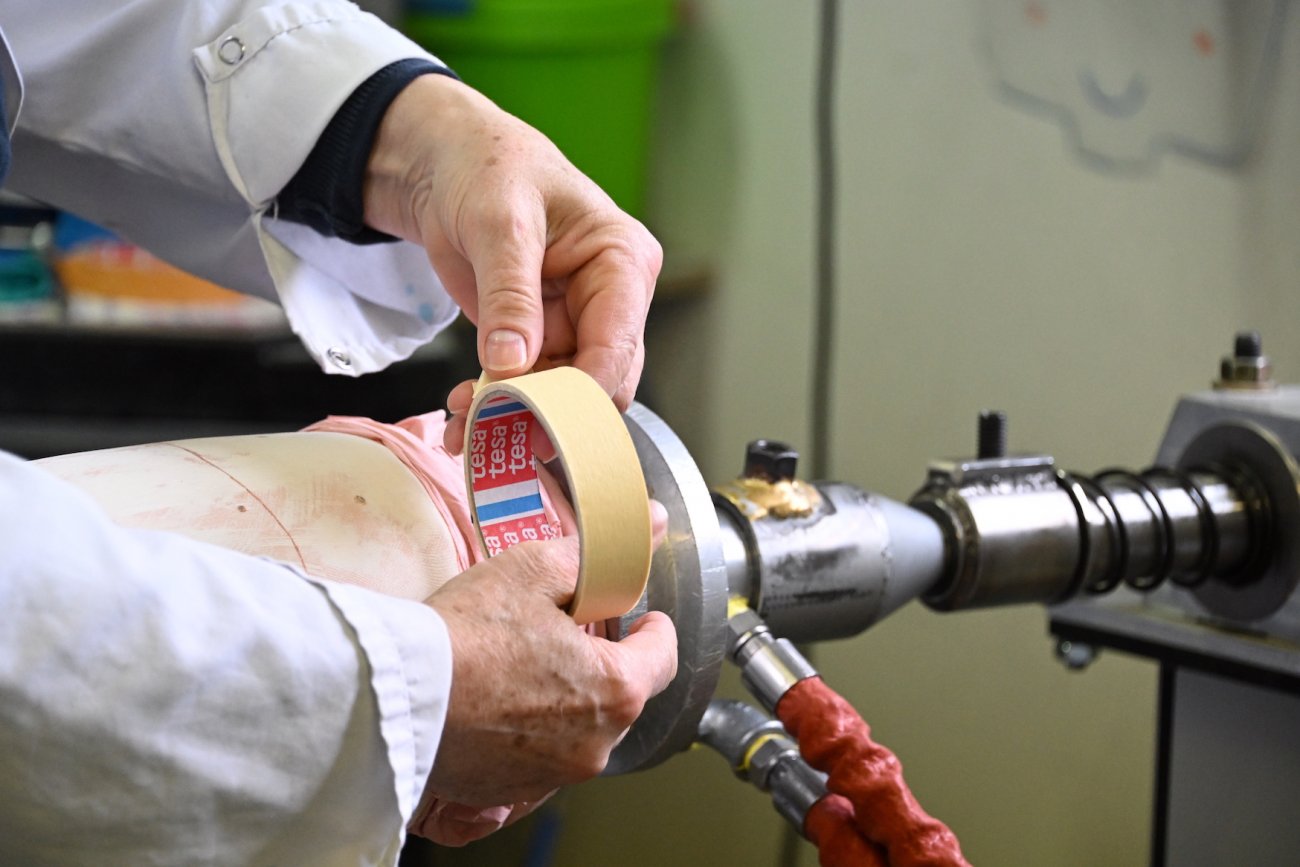
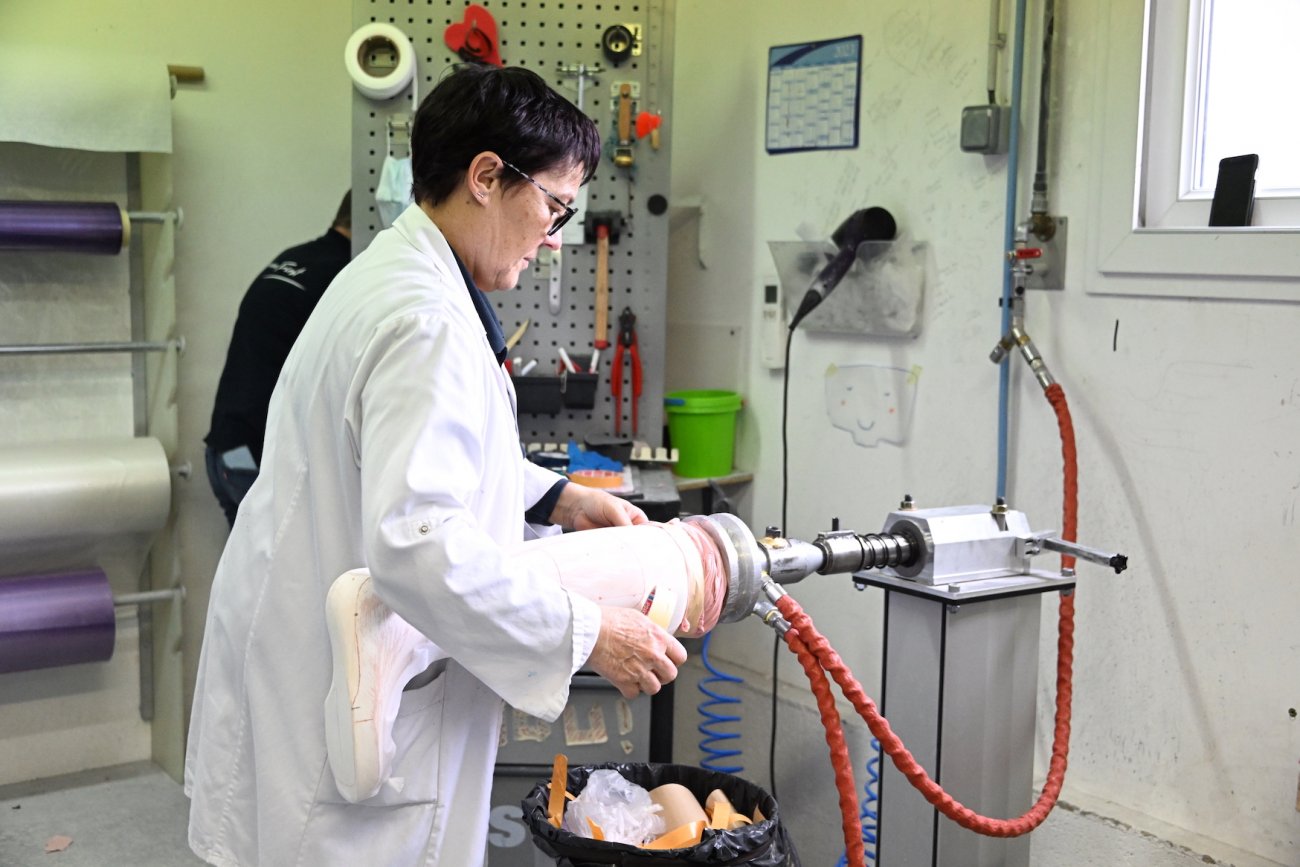
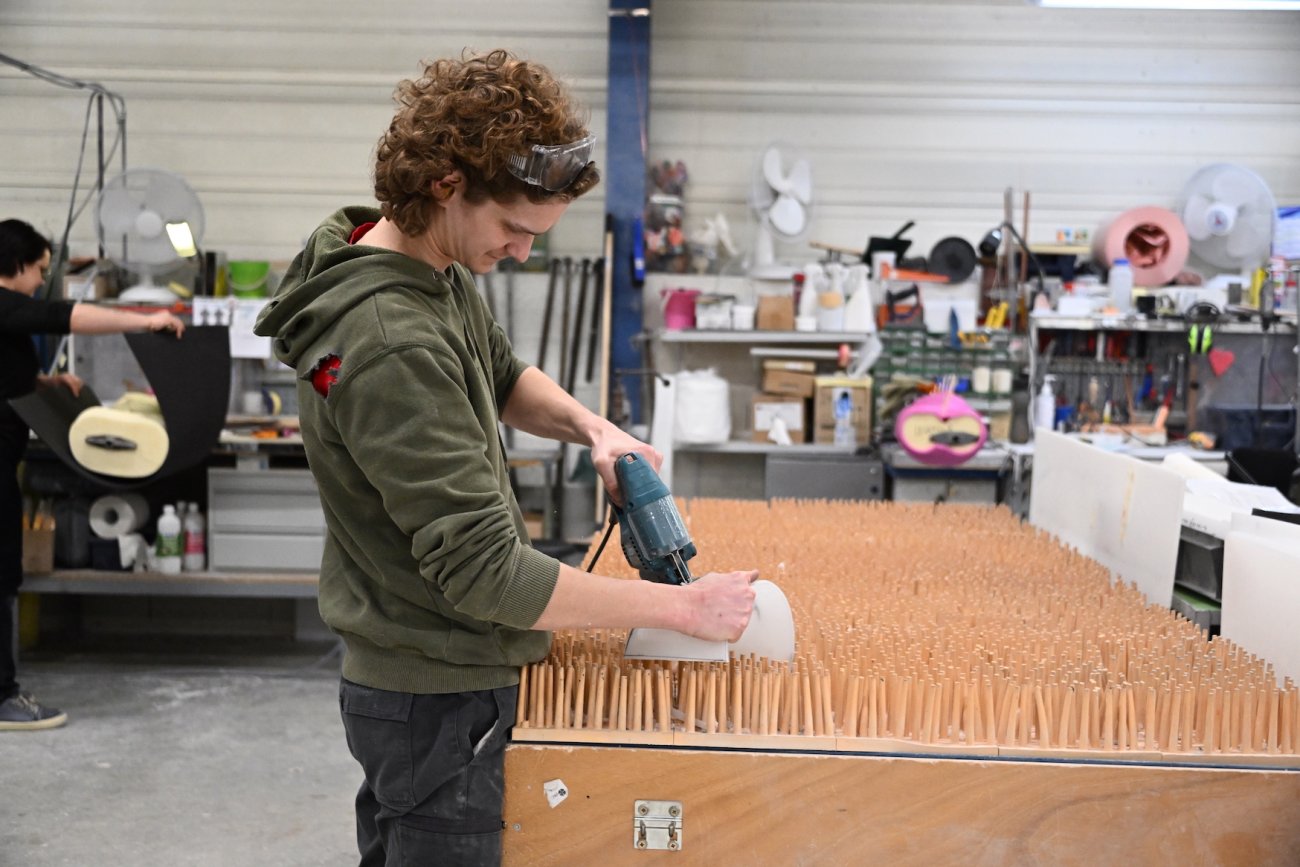
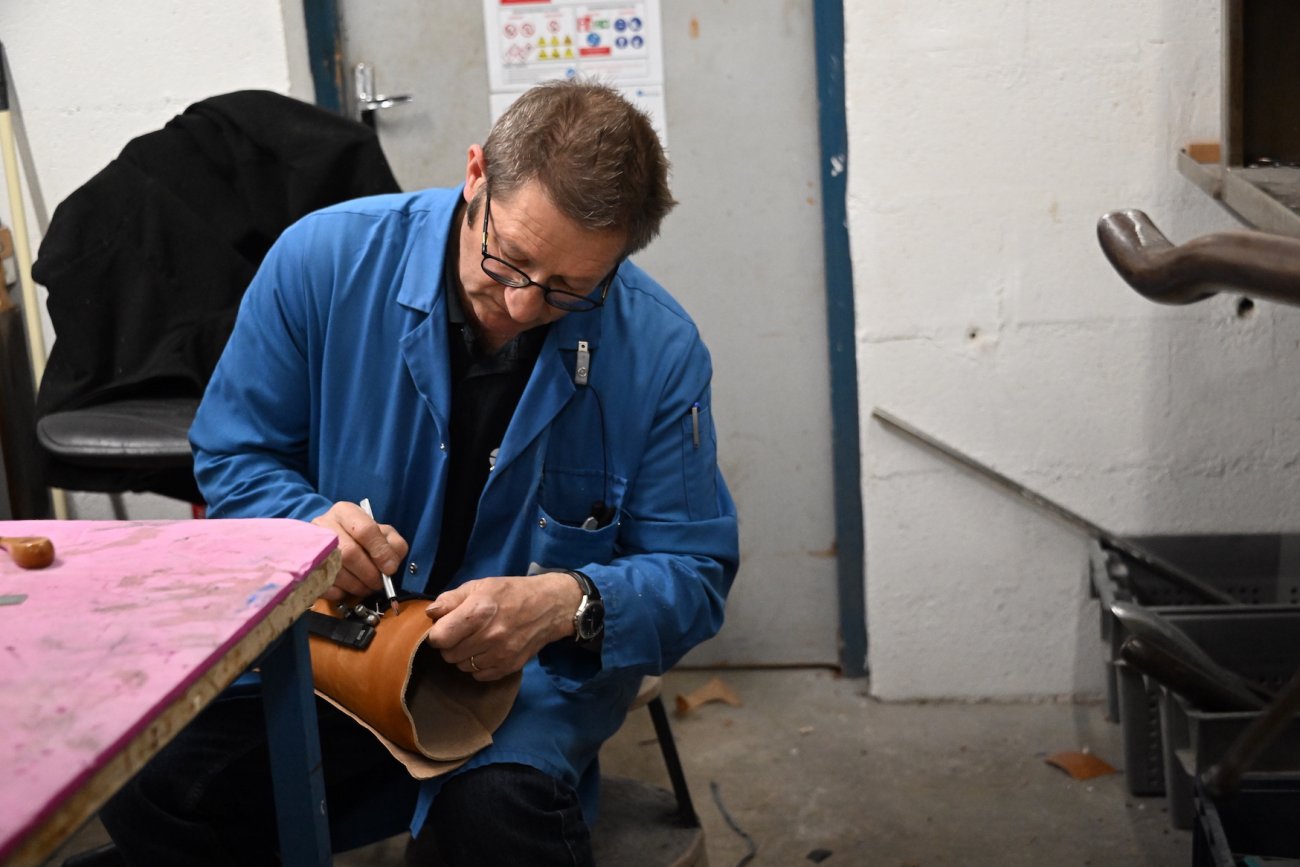
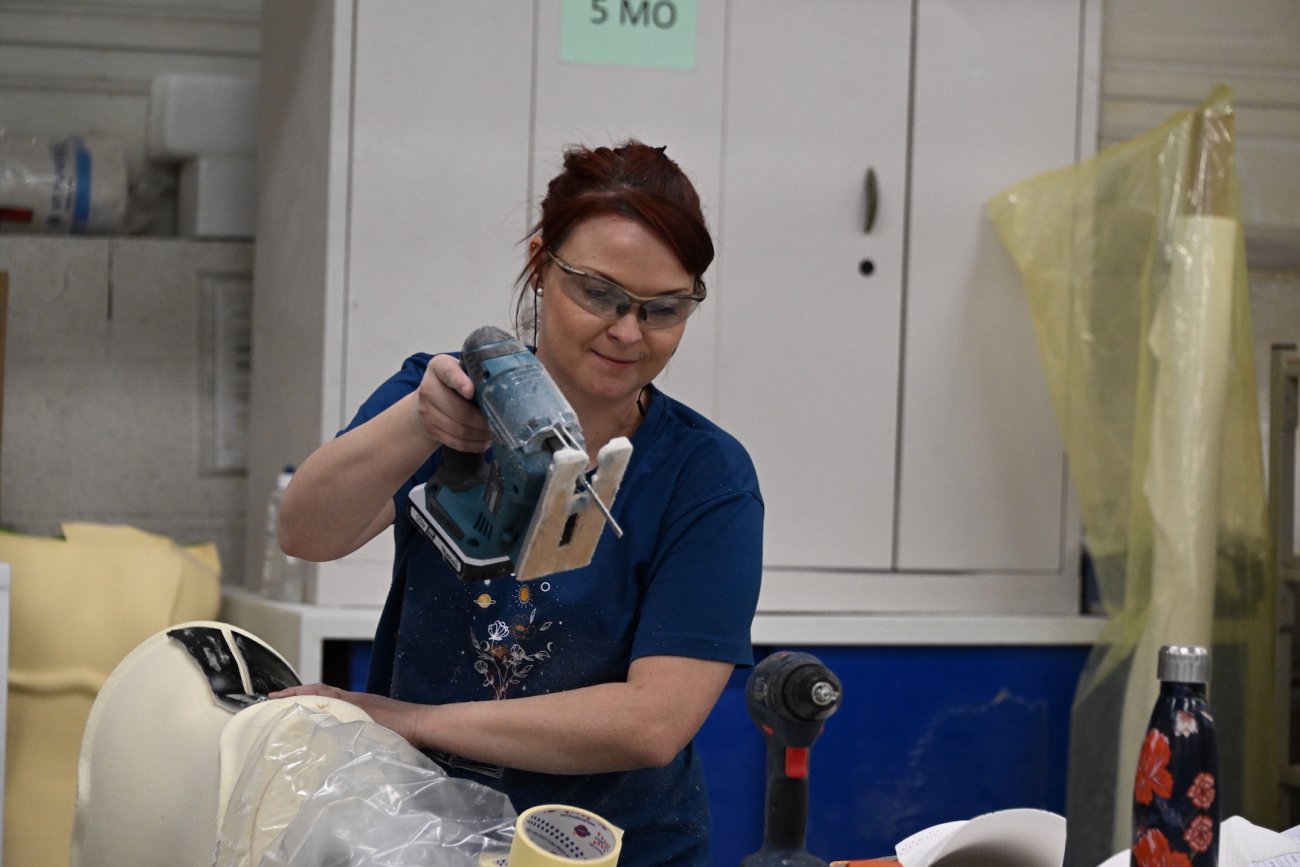
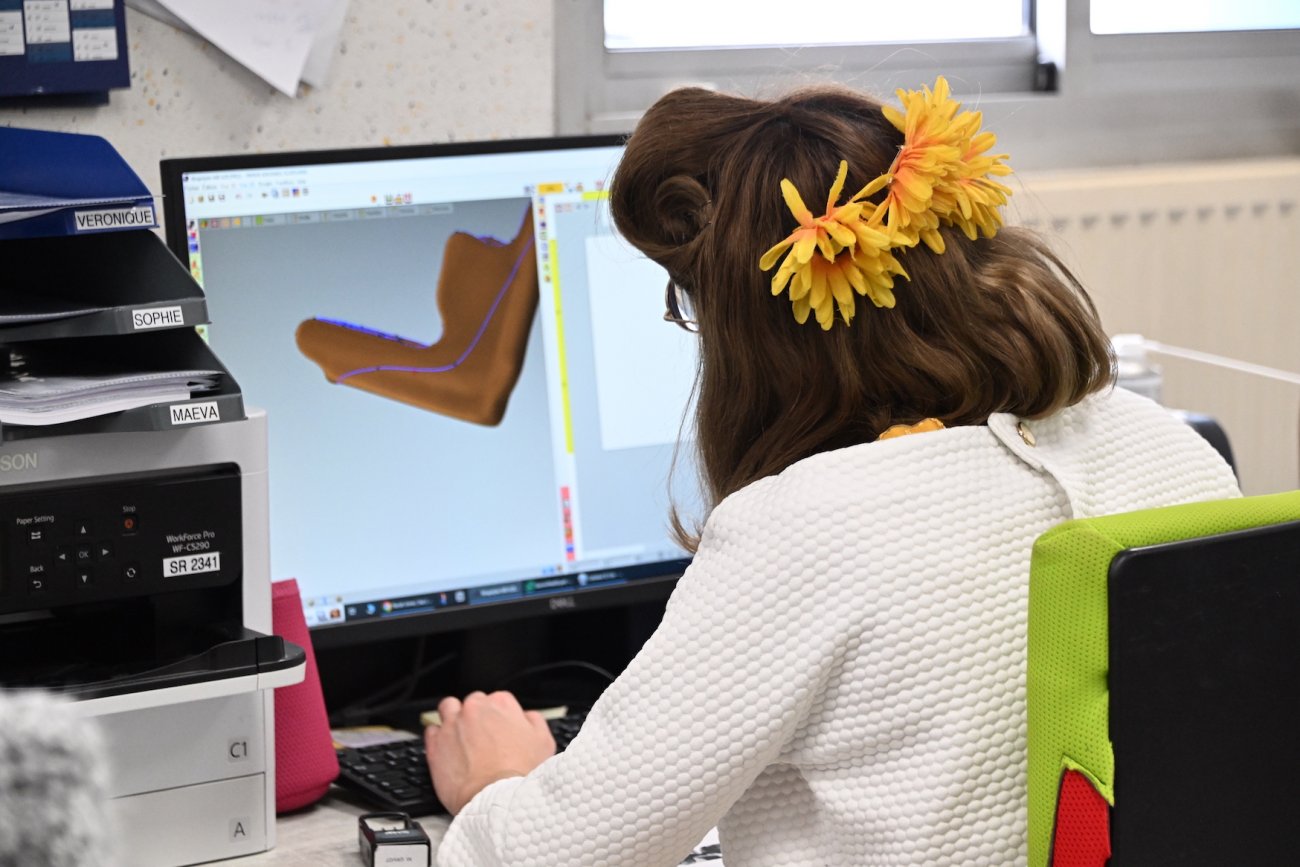
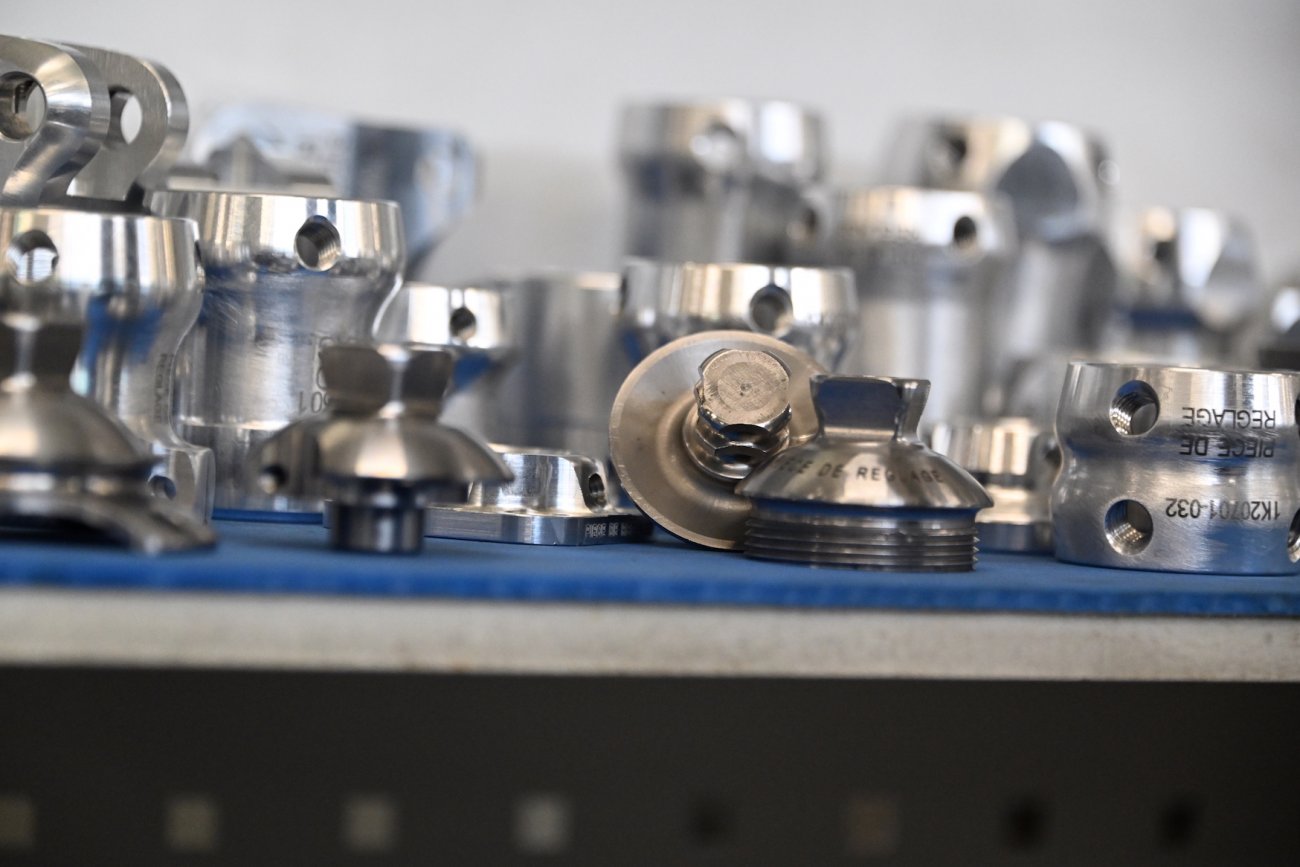
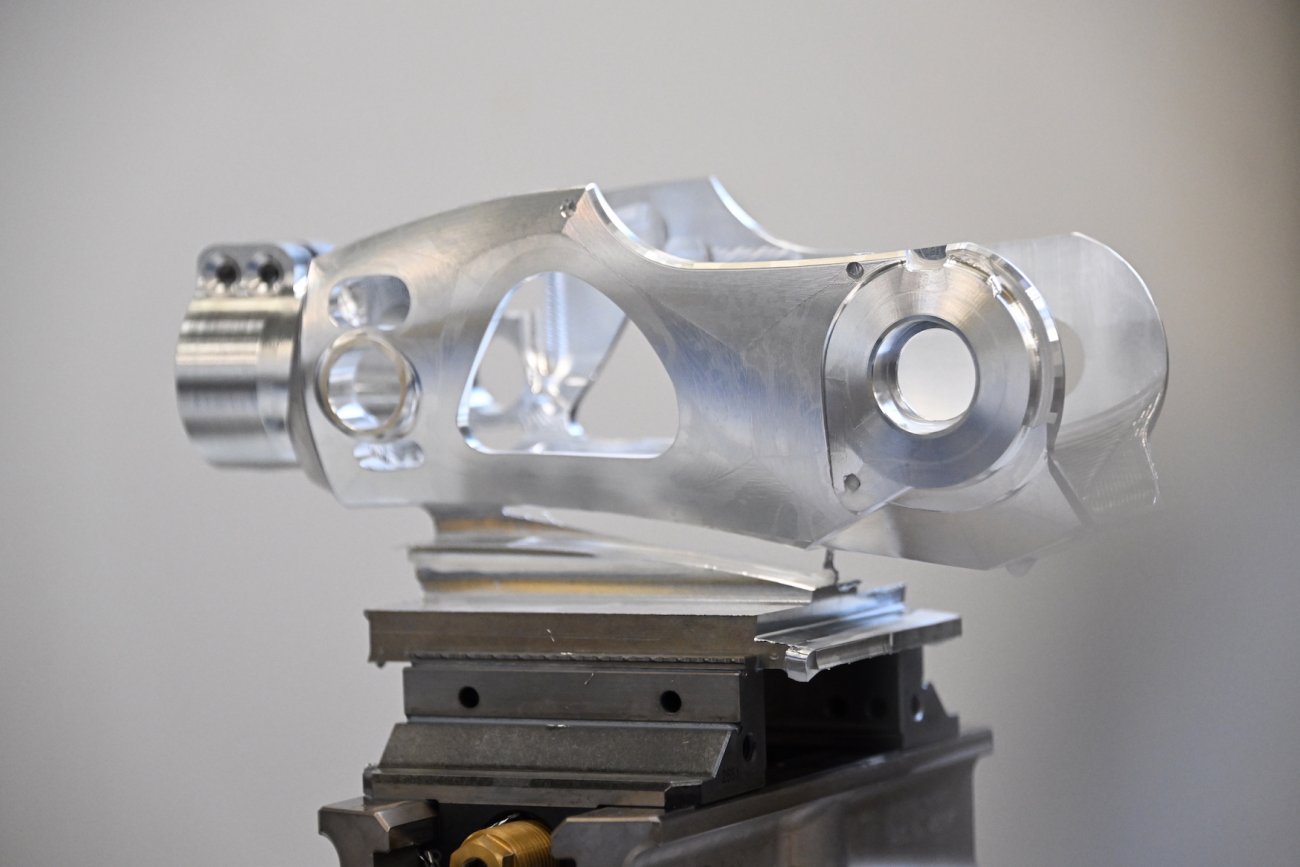
2023-05-22 01:17:28
#Technology #Dijon #company #Proteor #SYNSYS #prosthesis #revolutionizing #daily #lives #patients
